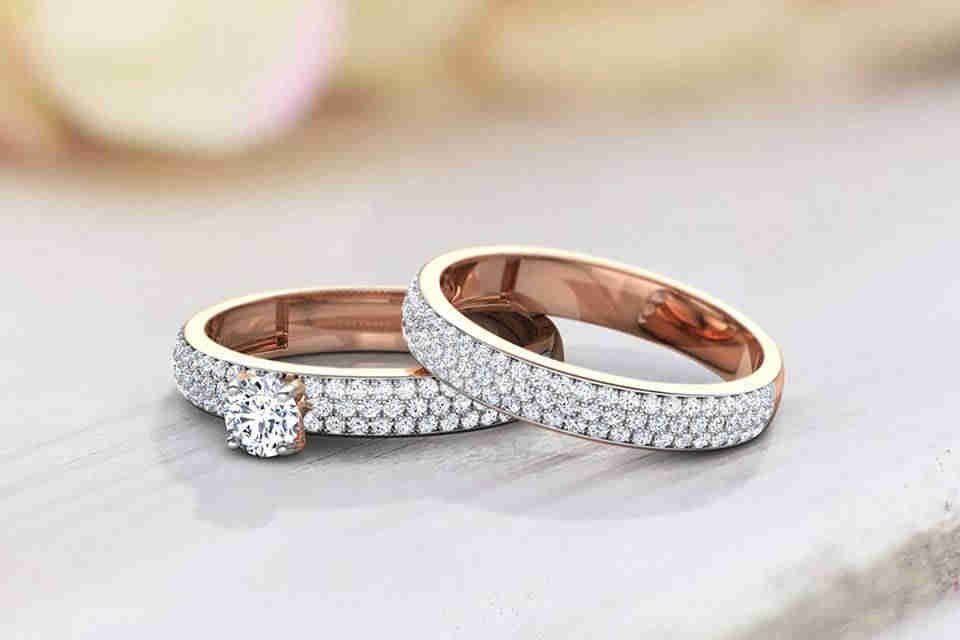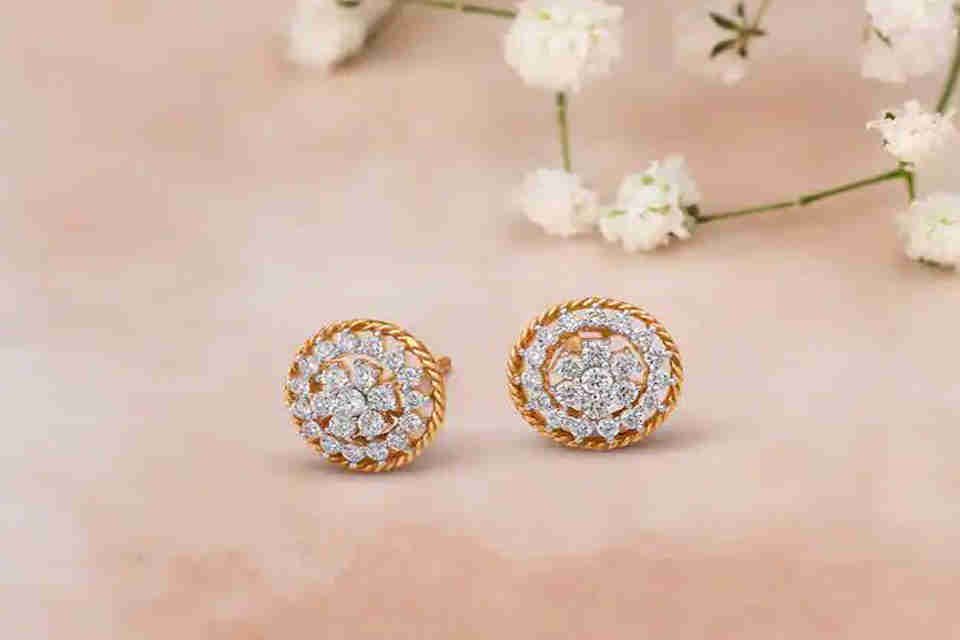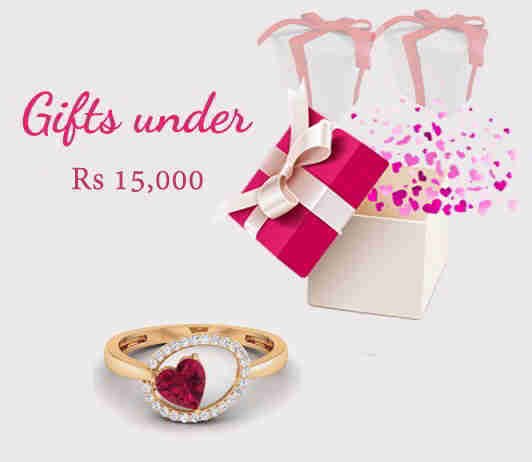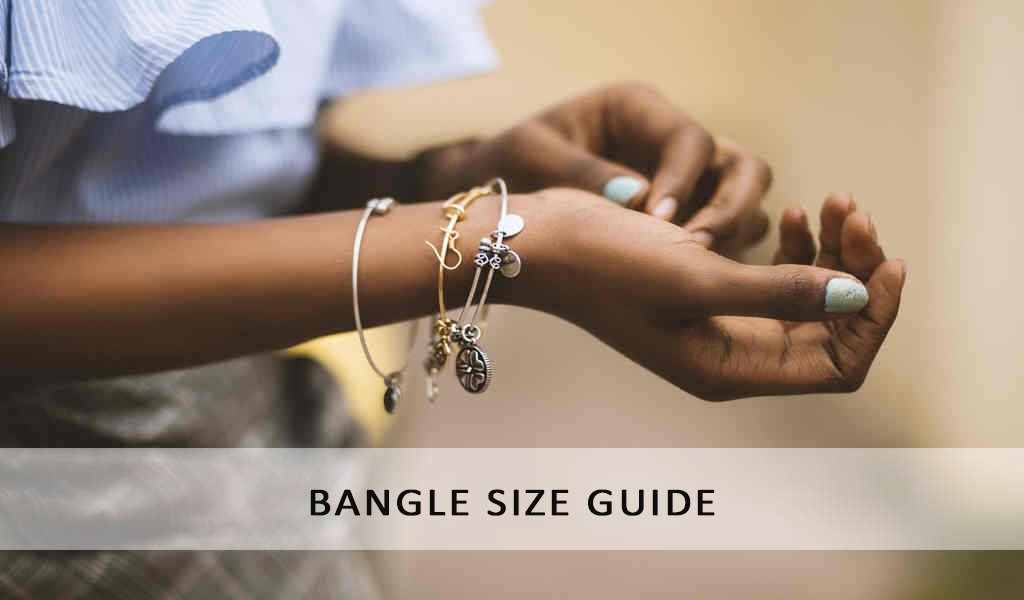Do Diamonds Come in Colors

Do Diamonds Come in Colors
“But I thought the old lady dropped it into the ocean in the end…."
If you have grown up listening to 90s pop music, you will understand
what’s being talked about. The blue, heart-shaped diamond featured in the
Titanic was so iconic that Britney Spears immortalized it in her song. This
particular diamond, also known as the ‘Heart of the Ocean’ is fictional.
However, there are two facts we can infer from Britney’s lyrics. One, not
everything that goes down into the ocean is lost. And two, diamonds aren’t
always colorless.
So, do diamonds come in colours? Yes, they do and such stones are more
precious and rarer than any other gems used in jewellery making. What are these
coloured stones? Why do they come in colours and what colours do they come in?
How are they graded and what are the different types available? This article gives
answers to all your questions regarding these colourful wonders.
But,
Aren’t Completely Colorless Diamonds the Most Valuable?
When most of us shop for diamond earrings or pendants, we think of the
clear, colorless gemstone. When it comes to these gemstones, yes, a yellow
tinge will lower its value. However, this should not be confused with colored
diamonds. Colored diamonds (read fancy colour diamonds) are much rarer and much
more expensive. Like any other commodity, the price of these diamonds is
dictated by demand and supply. When celebrities like Paris Hilton and Beyoncé
flaunted colored diamond rings, the demand for these gemstones instantly
increased. However, they didn’t become easier to find and hence their value
only keeps increasing. Unlike colorless diamonds, colored diamonds do not have
to be very large or completely clear to be valuable. Given their rarity, the
intensity of a diamond’s color plays the most important role amongst the 4 Cs.
Types of
Colored Diamonds
One colored diamond is mined for every 10,000 colorless diamonds. The
color of these diamonds ranges from shades of red and yellow to blue, green and
even purple. These diamonds can be categorized under three heads on the basis
of how they are colored.
Type I Diamonds: Diamonds are made of carbon.
When a foreign element gets trapped in the pressurized carbon, it can influence
the color of the diamond that is formed. These are known as Type I diamonds.
For example, when nitrogen reacts with carbon, the diamond formed may be yellow
or orange. Nitrogen also plays a role in some pink, blue and green diamonds.
This is the most common element that interacts with carbon to influence a
diamond’s color. In fact, 98% of colored diamonds are created this way.
Type II Diamonds: Some colored diamonds are rarer
than others. Type II diamonds are almost completely free of nitrogen. Only 2%
of all diamonds found fall into this category. The diamonds in this category
are formed when the pressure applied on carbon influences their color. They may
be further categorized as Type IIa and IIb diamonds. Type IIa diamonds may be
pink, brown or colorless. They are considered the purest diamonds. Type IIb
diamonds are blue. These diamonds contain trace amounts of boron that is
responsible for their cool hue.
Type III Diamonds: The color of some diamonds is
influenced in ways other than the two methods mentioned above. These means are
known but not very well understood. Gemstones in this category are known as
Type III diamonds. Green diamonds are one of the best examples of Type III
diamonds. The color of these diamonds is a result of exposure to radiation.
Where Can
Colored Diamonds Be Found?
Until the 16th century,
India was the source of almost all fancy colored diamonds. Till today, the
Golkonda region in south India is the world’s primary supplier of blue
diamonds. The famed Hope diamond was also mined here.
Pink diamonds are the most sought-after variety of coloured diamonds. In
2002, Ben Affleck presented his fiancée Jennifer Lopez a 6.1 carat pink diamond
ring to mark their engagement. Roughly about 90% of the world’s pink diamonds
are mined in Australia’s Argyle Diamond Mine. This is the most famous diamond
mine in the world.
Africa supplies the most orange diamonds. These are also known as fire
diamonds. Purple diamonds are found primarily in Russia.
Grading
System for Coloured Diamonds
Colored diamonds are available in an endless range of colors. However,
the number of graded color diamonds is usually in the range of 200-300 shades.
There are three aspects that must be kept in mind while grading colored
diamonds. These are base color, intensity and secondary colors.
Base Colors: Diamonds are available in
shades of 12 base colors. This includes red, yellow, orange, green, blue, pink,
purple, brown, violet and gray. In addition, black and white diamonds are also
available. The shades of these hues also play an important role. A deep red
diamond can look very different from a vivid red diamond.
Intensity of Color: Diamonds in each base color can
be further classified based on the intensity of color. There are 9 levels of
color intensity. This ranges from faint to fancy vivid. The in-between levels
are fancy intense, fancy deep, fancy dark, fancy, fancy light, light and very
light. Not all colored diamonds are available in all levels of color intensity.
For example, faint, light and very light red diamonds are not available. Similarly,
there are no light yellow diamonds.
Secondary Colors: Most colored diamonds cannot be
described on the basis of a single color. Instead, they are usually described
as a combination of two colors. For example, orange-red diamonds, purplish pink
diamonds etc. In some cases, a diamond could even be described as a combination
of three colors. For example, it can be a yellowish grey-green diamond. In this
case, a weak presence of yellow may be noted in the grey-green diamond. It is
important to note that the dominant color is usually mentioned last. For
example, when speaking of a blue-green diamond, green is the dominant color.
How Should Colored Diamonds be Cut?
When it comes to cutting colored diamonds, the best cut is one which
makes the face color most attractive. Thus, it is more important for a cut to
maximize color intensity rather than brilliance. For this reason, most colored
diamonds are cut in fancy shapes. This includes oval, pear-shaped, cushion and
radiant cuts.
Unlike the case in colorless diamonds, carat weight does not play as
important a role in determining the ideal cut. Thus, even though the round cut
may result in less weight loss, a fancy cut may be a better choice. This is
because a round cut does not always maximize color intensity.
The cut of a diamond also influences its perceived color. For example, when a yellow diamond is given a cushion cut, it may be viewed as a fancy yellow. This increases the value of the diamond and its price per carat.
















